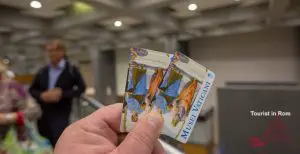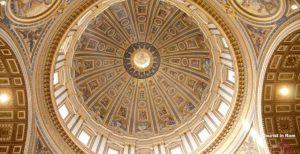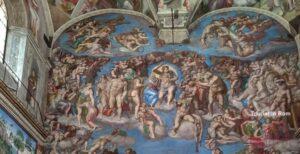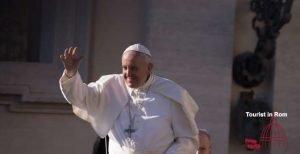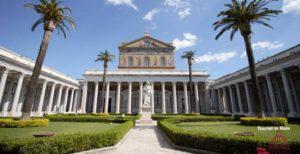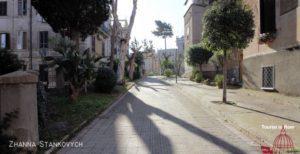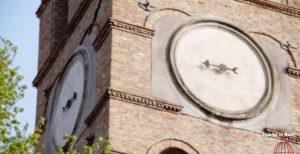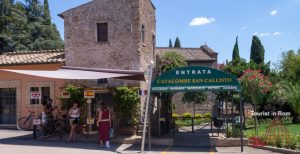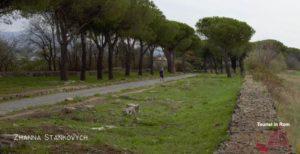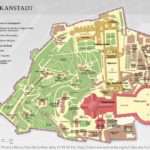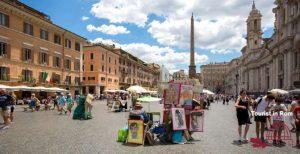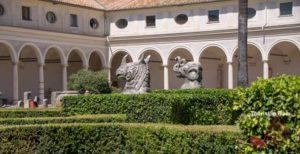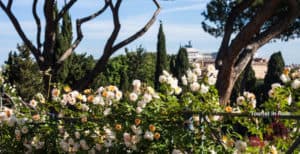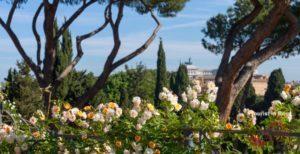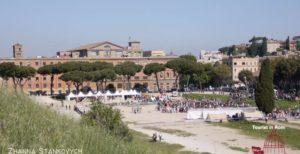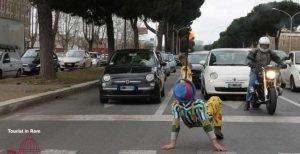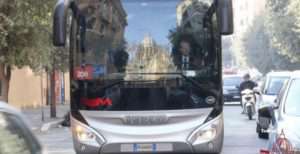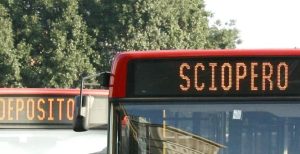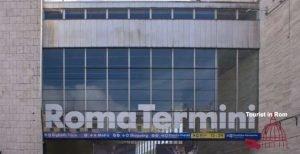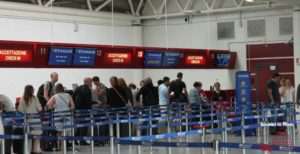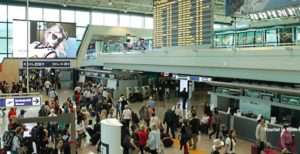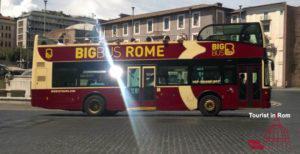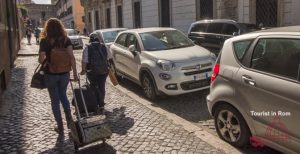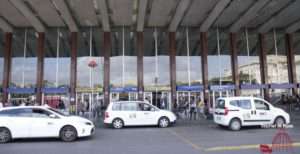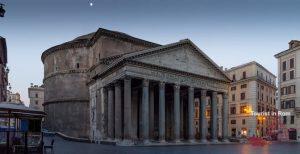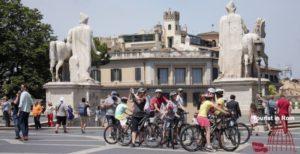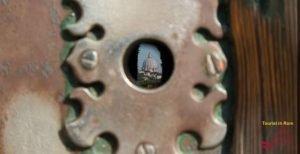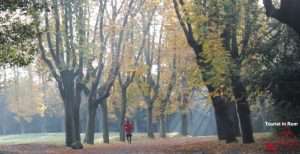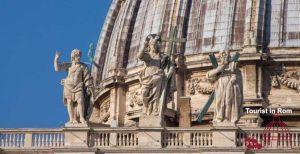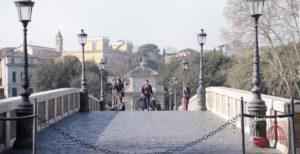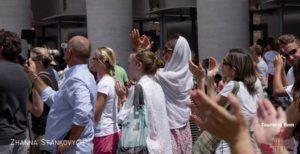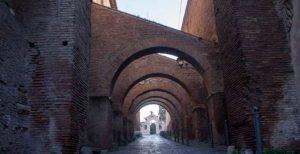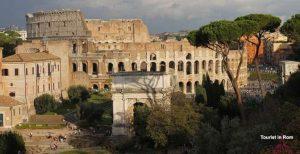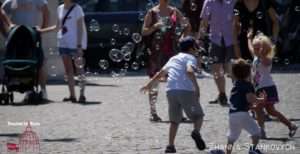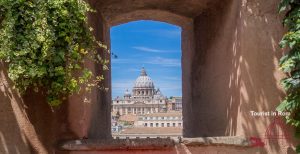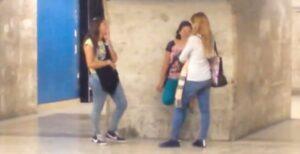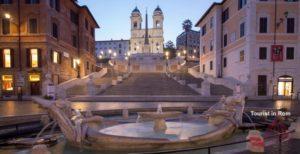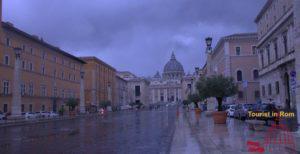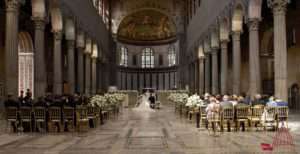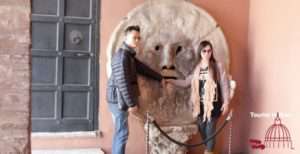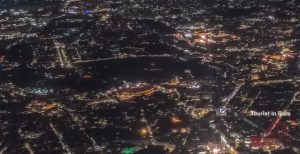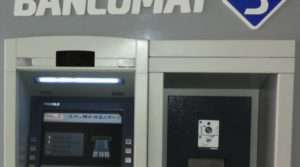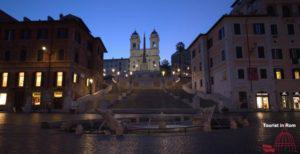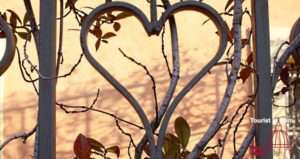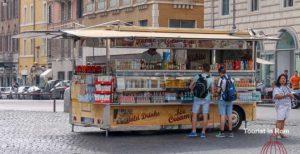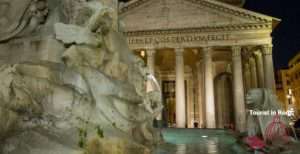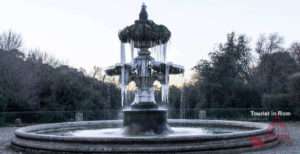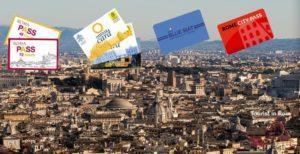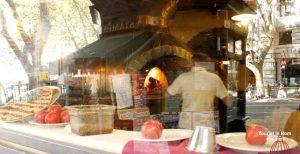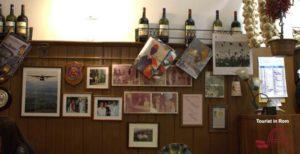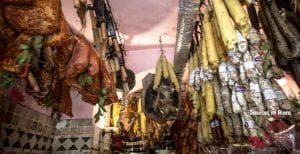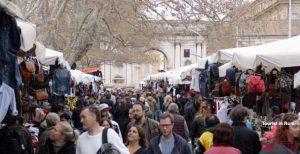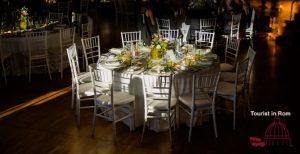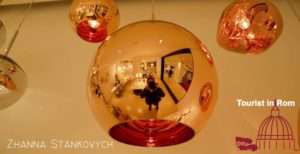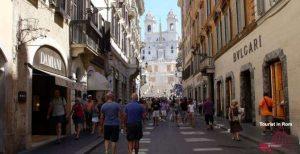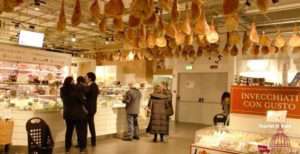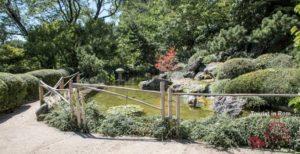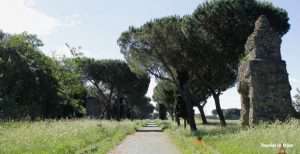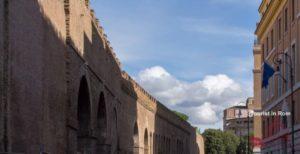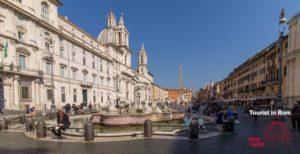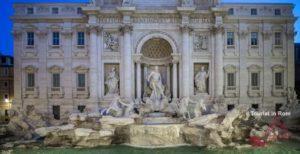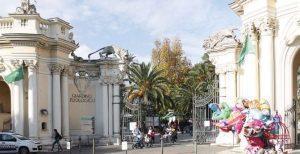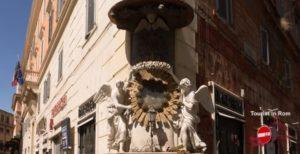The Vatican is the center of the Catholic Church. Immense art treasures and the tomb of St. Peter make it a destination for visitors from all over the world.
The Vatican
The Vatican in Rome has been the destination of pilgrims visiting the tomb of the Apostle Peter for nearly two millennia.
Today, Vatican City, with the spectacular St. Peter’s Basilica and the innumerable treasures of the Vatican Museums, is one of Rome’s most important attractions.
Sights
As soon as you enter St. Peter’s Square, you enter the smallest country in the world. Its art treasures are among the most important in the world. You can visit St. Peter’s Square and St. Peter’s Basilica for free.
Vatican City State has its own very reliable post office with beautiful stamps and it mints its own coins. Send your loved ones a postcard from St. Peter’s Square and it will surely arrive.
Experience the Pope
The Pope is the head of the Catholic Church and the Bishop of Rome. As Head of the Church, he has had his seat in the Vatican, the center of the Catholic Church, since the 14th century. The episcopal see, on the other hand, is the oldest basilica, St. John Lateran (San Giovanni). Until the end of the Papal States in 1870, he ruled as a secular ruler in the Quirinale Palace, today the seat of the Italian President.
You can experience the Pope at the general audiences and at masses. When in Rome, on Sundays at lunchtime, he speaks at a window in the Apostolic Palace. At Easter and Christmas he bestows the Urbi et Orbi blessing on the City and the World.
Part of his title is the summus pontifex, the supreme bridge builder. Since the 5th century B.C. the supreme priest was the pontifex maximus between men and gods. The first pope to claim the title of Pontifex Maximus was Pope Leo I, Bishop of Rome 440-461.
Basilicas and Churches
In addition to St. Peter’s Basilica, there are three other important basilicas in Rome that report directly to the Pope. They are the basilicas of St. John Lateran, St. Paul Outside the Walls and Santa Maria Maggiore. The basilicas are part of the Vatican, although they are located in the heart of the Italian capital.
It is worth visiting these basilicas as well. Each basilica has its own peculiarities and hides historical treasures.
The pilgrimage route of the seven churches has a long tradition. The pilgrimage route leads to the four papal basilicas, to the catacombs on the Via Appia Antica and to two other basilicas.
The Catacombs
In Rome, the dead could only be buried outside the city walls. Since the ground was scarce, the necropolis went down in early Christian times and the catacombs were created. There are numerous catacombs outside the ancient city limits, but few are open to the public. The Catacombs are religious sites under the administration of the Vatican.
There are catacombs almost everywhere in Rome, including the Vatican. Vatican Hill was outside the city of ancient Rome and was a burial ground where Peter, apostle and first bishop of Rome, was buried after his execution. Even today, people are digging under St. Peter’s Basilica. The mausoleum of Emperor Hadrian, today’s Castel Sant’Angelo, was also built in the burial ground.
The Vatican Sate
The head and sole ruler of the Vatican State is the Pope. Temporary citizens are cardinals and diplomats, but also some people who live in the state territory. In total, there are less than 600. Internationally recognized are the diplomatic skills that have led to peaceful solutions in numerous crises.
History
Already in the Roman Empire the Popes were the Bishops of Rome and after the fall of the Western Roman Empire they became the lords of the city.
With the coronation of Charlemagne by Pope Leo III on December 25, 800, the Holy Roman Empire emerged as the successor to the ancient Roman Empire, and in return the Pope was guaranteed a number of ecclesiastical territories that expanded over time. The secular rule of the popes in the Papal States ended with the occupation of Rome by the troops of King Emmanuel II in 1870. Pope Pius IX was forced to move from the Quirinal Palace to the Vatican and declared himself a prisoner.
The Vatican City State came into being on February 11, 1929 through the Lateran Treaty between Italy and the Holy See.
Pope Francis is also the Bishop of Rome. The seat of the bishop is the oldest basilica, the Lateran Basilica of St. John, and not St. Peter’s Basilica.
The State Territory
The Vatican consists of the walled area of Vatican Hill and St. Peter’s Square. The extraterritorial areas include the other three papal basilicas in Rome, the world-famous Bambino Gesù children’s hospital, the Gregorian University, the summer residence in Castel Gandolfo, a radio station and some palaces in Rome.
Furthermore, the Basilica of St. Francis in Assisi, the Basilica of St. Anthony in Padua, the Basilica of the Holy House in Loreto and the Shrine of Our Lady of the Rosary in Pompeii as extraterritorial areas.
In addition to the Swiss Guard and their own gendarmerie, the Italian police are also responsible for security. For example, the Italian police ensure security on St. Peter’s Square and security checks in front of the papal basilicas.
